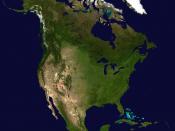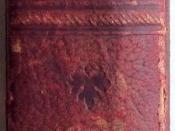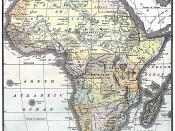Distinctly Canadian
Canada, federated country of North America, bounded on the north by the Arctic Ocean; on the northeast by Baffin Bay and Davis Strait, which separate it from Greenland; on the east by the Atlantic Ocean; on the south by the United States; and on the west by the Pacific Ocean and Alaska. Canada is the world's second largest country, surpassed in size only by Russia. Canada has a total area of 9,970,610 sq. km (3,849,652 sq. mi), of which 755,180 sq. km (291,575 sq. mi) is covered by bodies of fresh water such as rivers and lakes (Canadian Encyclopaedia, 1988).
Canada contains great reserves of natural resources, notably timber, petroleum, natural gas, metallic minerals, and fish. The name Canada is derived from an Iroquoian term meaning 'village' or 'community.'
In Canada we have many images, practices, and items that make us one of the best, younger countries in the world.
In such a short time for a country to exist, we have many images that make us very culturally rich in everyway. Probably the most important images, practices, and items come for our friend, the American Indians (or Native Americans). They were a definite asset to Canada's cultural growth.
The American Indians came into Canada in a series of migrations that occurred during the last stages of the Pleistocene Ice Age, Mongoloid peoples from Asia entered North America, probably crossing the Bering Strait. Gradually they spread over the continent and into South America. By 1600, more than 250,000 of their aboriginal descendants inhabited what is now Canada. Developing a Stone Age economy, they hunted, fished, and gathered food and, in warmer areas, also farmed. The basic social unit was the band, which varied from a few families to several hundred people. In areas of higher settlement density, bands...


